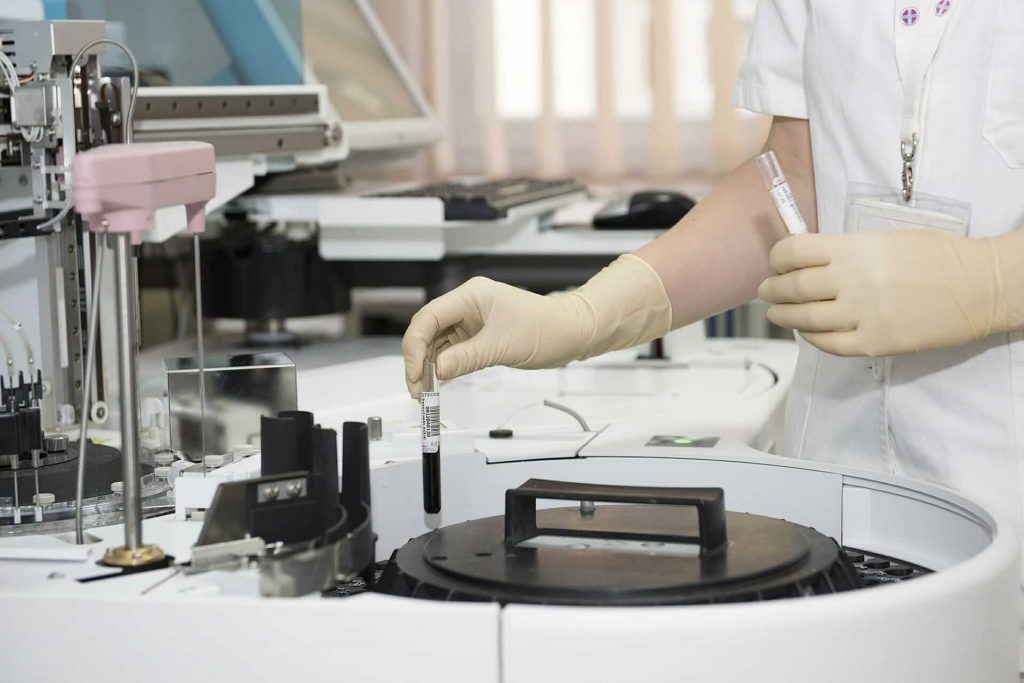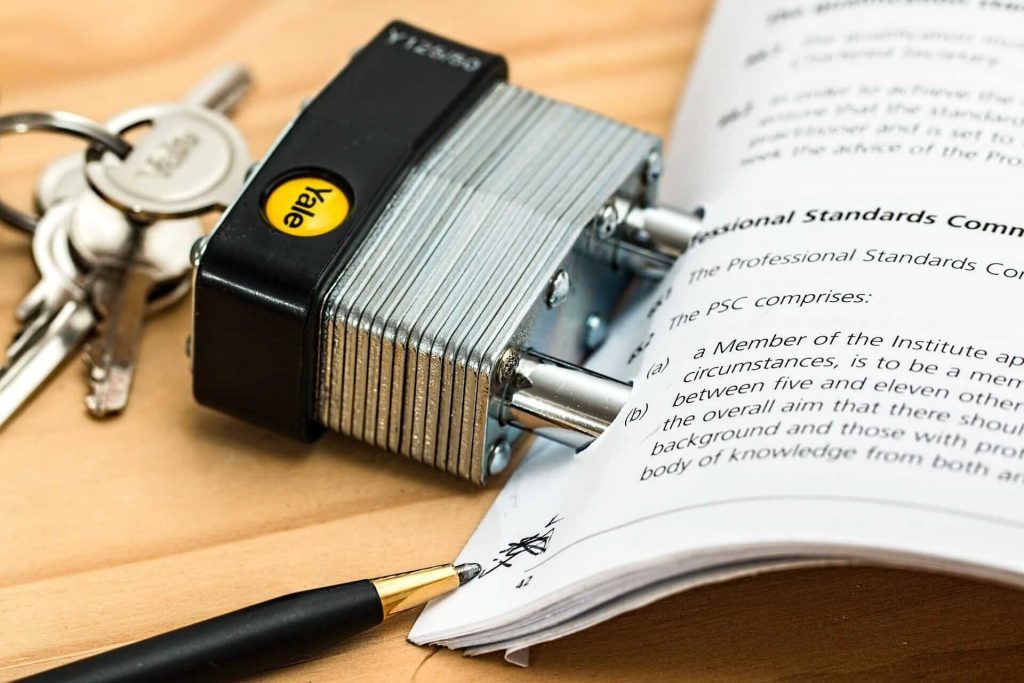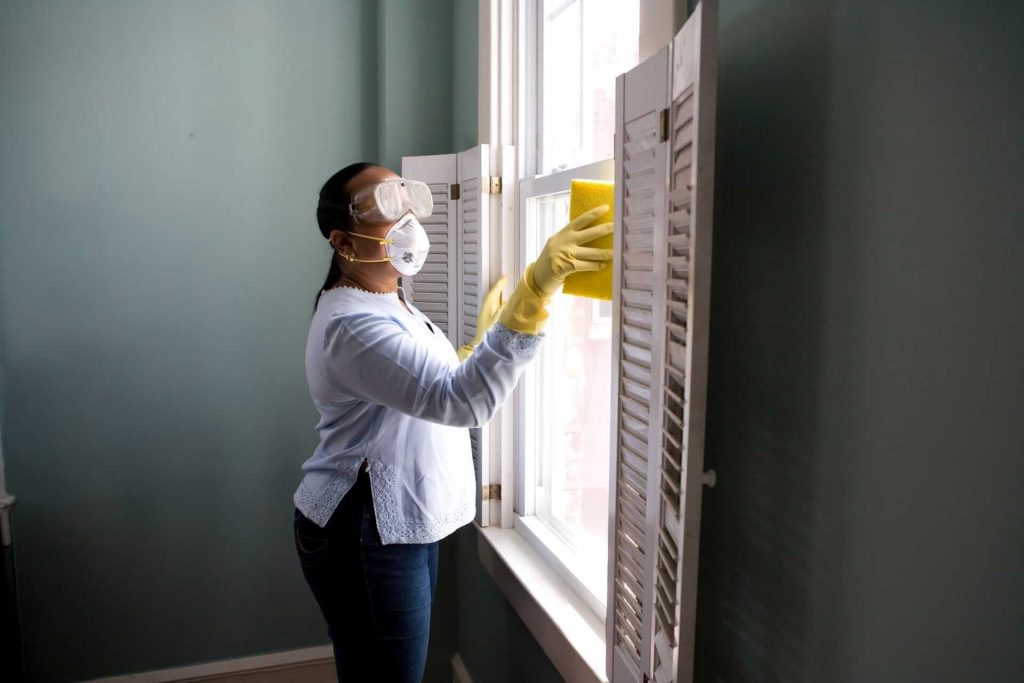The state, local and education (SLED) government market is valued at $1.5 trillion. With more than 90,000 purchasing entities involved, there are a huge amount of government contracting opportunities available for companies each year.
Last year, the COVID-19 pandemic led to explosive growth in some areas when it comes to government contracting opportunities. The areas are mostly concerned with optimisation using technology, outsourcing for efficiency, fighting the virus and adjusting to the impacts created due to it. Below we talk about the ten top areas for government contracting opportunities in 2021.
Areas of Opportunity
- Managing mobile devices and cybersecurity

The immediate switch to remote work from working in the office has led to an increase in the need of supporting, managing and protecting a network of mobile devices. Government employees have started relying more on laptops, tablets, and smartphones to do their job. And, as the recent cyberattacks like SolarWinds hack and Kaseya ransomware attack make it clear, cybersecurity is a part of the picture. The U.S. government is expected to allocate $18.78 billion for cyber security investment in 2021.
Technology firms should target government contracting opportunities related to mobile device management and cybersecurity.
- IT infrastructure upgrade

Technology solutions that help the government solve problems or optimize services are always helpful and important. Furthering the vision of a digital government, the government wants technological advancements in the delivery of critical citizen services and protection of sensitive data. The recent budget proposed by president Biden allocates $58.4 billion to tackle the concerns about legacy, insecure government IT infrastructure.
Firms offering IT-related solutions should look for opportunities of government IT modernization. They should adopt a consultative approach educating them on the cost-savings due to higher efficiency of new infrastructure and recommend solutions allowing digitisation of services and cross-government collaboration.
- Improving the construction process

A major innovation trend in the field of construction has been the greater adoption of software technology for tracking and managing progress, expenses, and risks in an integrated manner. The governments are under pressure to improve their process due to a rise in construction costs, under-funding of infrastructure, and the limitations and delays of a traditional bureaucratic system. Better, more connected software platforms can help with that. Permit-oriented platforms, specialize in the phases of reviewing and approving plans, connecting with zoning data and maps, code enforcement, documenting inspections, etc., form the majority of this sector. The construction management software market is expected to grow by USD 630.51 million during 2021-2025 to register a CAGR of almost 8%.
Firms offering construction-related solutions should help building departments and managers with the adoption of tech solutions to find government contracting opportunities in this segment.
- Tech solutions for managing virtual workforce

Government staff’s transition to remote work naturally led to an increase in investment by public officials in the areas that promised maximization of output, promotion of teamwork and improved efficiency in a virtual work environment. This includes five types of business software: project management software, analytics software, business process management software, legal software, and online meeting software. The CARES Act appropriated $150 billion to state, local, and tribal governments to facilitate improved telework capabilities.
Software companies can seek contracting opportunities with government managers and advise them on solutions and strategies to meet their unique needs of managing a virtual workforce.
- Climate and weather monitoring tech

The disruption caused due to COVID-19 significantly restricted climate and weather measurements across the world because of staff shortages and loss of regular flights and ship sailings. This has been considered a kind of “data gap crisis” that threatens to make prediction of bad weather harder and interferes with the study of climate change.
Vendors providing weather and climate-focused solutions like meteorology equipment, weather instruments, climatology services, meteorology services, and airport weather station automation service, etc., should seek to understand how the pandemic has affected SLED governments and develop consultative relationships with procurement staff to help with this unique challenge.
- Outsourced healthcare services

Outsourced lab testing by independent contractors saw an unusual growth in contracts due to COVID-19 testing. From the beginning of the pandemic, public health officials relied largely on outsourced, independent labs. In fact, 85% of all COVID tests came from private labs. Independent contractors providing healthcare services can help with personnel costs, training and in affording of the equipment.
Companies offering outsourced healthcare services should look for government contracting opportunities to not only provide outsourced lab testing but also advise state and local governments on other ways of increasing efficiency and lowering costs.
- Expanding online learning

The trend of online learning is not new, but a huge rise was experienced due to the pandemic. As schools and colleges transitioned to virtual formats of learning, there was an increased demand in technology and tools that support digital learning and student achievement. Even when students mostly return to physical classrooms, online learning would have lasting impacts. The US Department of Education received $30.75 Billion through the CARES Act to support remote learning.
Vendors providing online learning solutions (distance learning software, online curricula software, online learning services, chatbots), and hardware (laptops, tablets for remote student use) should develop relationships with K-12 and higher ed staff to better understand the pandemic’s impacts and consult them on their learning plans and technology use.
- Streamlining of procurement

The procurement process was impacted due to reduction of government staff (job losses during the pandemic), uncertainty about approvals, more complicated logistics due to remote work, and emergency purchases being brought to the centerstage. NASPO’s Top 10 Priorities for State Procurement has included eProcurement and analytics every year since 2015. The purchasing teams at SLED entities are looking for trusted consultants who can help them with managing this difficult procurement environment.
Providers of business consulting services and software services can find government contracting opportunities to help streamline procurement. They should try to understand the pressures and challenges facing purchasing teams at governments they are supporting.
- Medical equipment purchase

The pandemic led to hospitals and medical research facilities increasing their purchasing for various kinds of health, diagnostic and laboratory equipment. Unlike PPE that are treated like basic commodities, medical equipment is more expensive per unit, involves more risk for the buyers and requires more scrutiny by stakeholders and medical staff.
Healthcare and public safety PPE rose to become a major issue for government buyers due to unprecedented sudden demand and limitations of supply. This includes disposable clothing, disposable gloves, face protection, medical wear and respiratory equipment. The US witnessed a surge of 311.60 per cent in its PPE imports during January-October ’20 period in value terms.
As the pandemic continues in 2021 with more transmissible new variants of the virus, suppliers of PPE should investigate government contracting opportunities for providing timely and adequate access to PPE. Medical equipment manufacturers and distributors can develop consultative relationships with SLED governments to find government contracting opportunities and educate them on value to differentiate their offerings.
- Cleaning and decontamination of government facilities

One of the most important responsibilities of the SLED government is to provide facilities and services that are clean and safe for the public. The pandemic has increased the importance of this service – involving greater labor, expense and outsourcing to qualified service providers. Supplies of disinfectants and sanitizers have also seen record growth due to the pandemic. This is reflected in the New York Metropolitan Transit Authority’s spending of $484 million (in 2020) in its response to COVID-19, including enhanced cleaning and sanitization.
Decontamination equipment and services providers should look for government contracting opportunities for their solutions in SLED government especially in healthcare, public facilities and transit.
Conclusion
Now you are aware of the top 10 areas for government contracting opportunities in 2021, and you are ready to capitalize on the opportunities available. BidFortune is an all-in-one tool that will help you discover, analyze, collaborate and compete for government bids. 500+ companies are using us to expand their government business.
